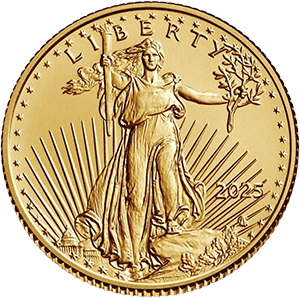Coin grading is important to many coin collectors and investors. By having your coins graded, you can get an idea of the value of your collection. There are a few different grading scales, but most agree that the higher the grade, the more valuable the coin. While it is not necessary to grade every coin in your collection, grading some of your more valuable pieces may be worth it in order to ensure that you are getting what you expect for them. In this blog post, we will explore the different grades and what they mean for a coin's value. We will also discuss why it might be important to grade some of your coins, especially if you plan on selling them.

The Importance of Grading Your Coins
If you're new to the rare coin collecting marketplace, you may be surprised to learn that no part of the industry has undergone greater change than coin grading. Before the introduction of the current system, all coins were categorized as either used or new (mint state). Unfortunately, this categorization offered little, if any, useful information about a coin's value.
The modern coin grading system was developed in the early 20th century and offers a much more detailed and nuanced view of a coin's condition. Today, coins are typically graded on a scale of 1 to 70, with higher numbers indicating a better condition. This system has revolutionized the rare coin market by providing collectors with a more accurate way to assess a coin's value.
If you're interested in getting started in rare coin collecting, it's important to familiarize yourself with the grading system. By doing so, you'll be able to make more informed decisions about which coins to add to your collection.
How the Grading Process Works
In the United States, coins are graded based on what is referred to as the Sheldon Coin Grading scale. This is a 1 to 70-point grading scale that was developed by William Sheldon in 1949. The basic idea here is that a coin with a rating of 70 would be worth 70 times as much as a coin with a rating of 1. As such, 1 is the lowest rating a coin can have based on its condition and rarity while 70 is the highest rating based on similar factors and many others. In short, 1 is ranked poor while 70 is the elusive Mint State. The idea behind this grading system is that it would give collectors and investors a way to communicate about the value of coins without having to describe their condition in minute detail. Instead, they could simply refer to the coin's Sheldon Scale rating. Today, the Sheldon Coin Grading Scale is still in use and remains one of the most important tools for evaluating the value of coins.
.jpeg)
Grading Compaines
There are many companies that offer coin grading services today, but two main companies that are preferred by coin collectors are Professional Coin Grading Service (PCGS) and Numismatic Guaranty Corporation (NGC). These companies have established themselves as reliable and trusted sources for coin grading, and they offer a variety of services to meet the needs of collectors.
If you're thinking of sending your coins to PCGS or NGC for grading, there are a few costs that you'll need to take into account. First of all, you'll need to be a member of the submission club, which has an annual membership fee ranging from $39 to $69. In addition, there's a fee for actually getting your coin graded, which will depend on its value. Of course, the cost of grading may be worth it if you think your coin is valuable enough. Ultimately, it's up to you to decide whether or not the expense is worth it.
Should I Get My Coins Graded?
Deciding whether or not to have a coin graded is a difficult decision that must be made on a case-by-case basis. On one hand, grading can provide valuable information about a coin's condition and history. On the other hand, it can be expensive, and there is no guarantee that the grade will be what the collector expects. Ultimately, the decision whether or not to grade a coin comes down to its current worth and the potential increase in value that grading could provide.
Get Expert Advice
American Standard Gold was created to serve as a safe and stable diversification partner when buying, selling, and trading gold, silver, platinum, and palladium. Let us advise you on new products, portfolio diversification, IRA and 401(k) options, valuation of your collection, and other matters related to the precious metals market. Call us today at 877-795-9585 or fill out our online contact form to learn more about our solid solutions using precious metals to diversify your portfolio.

